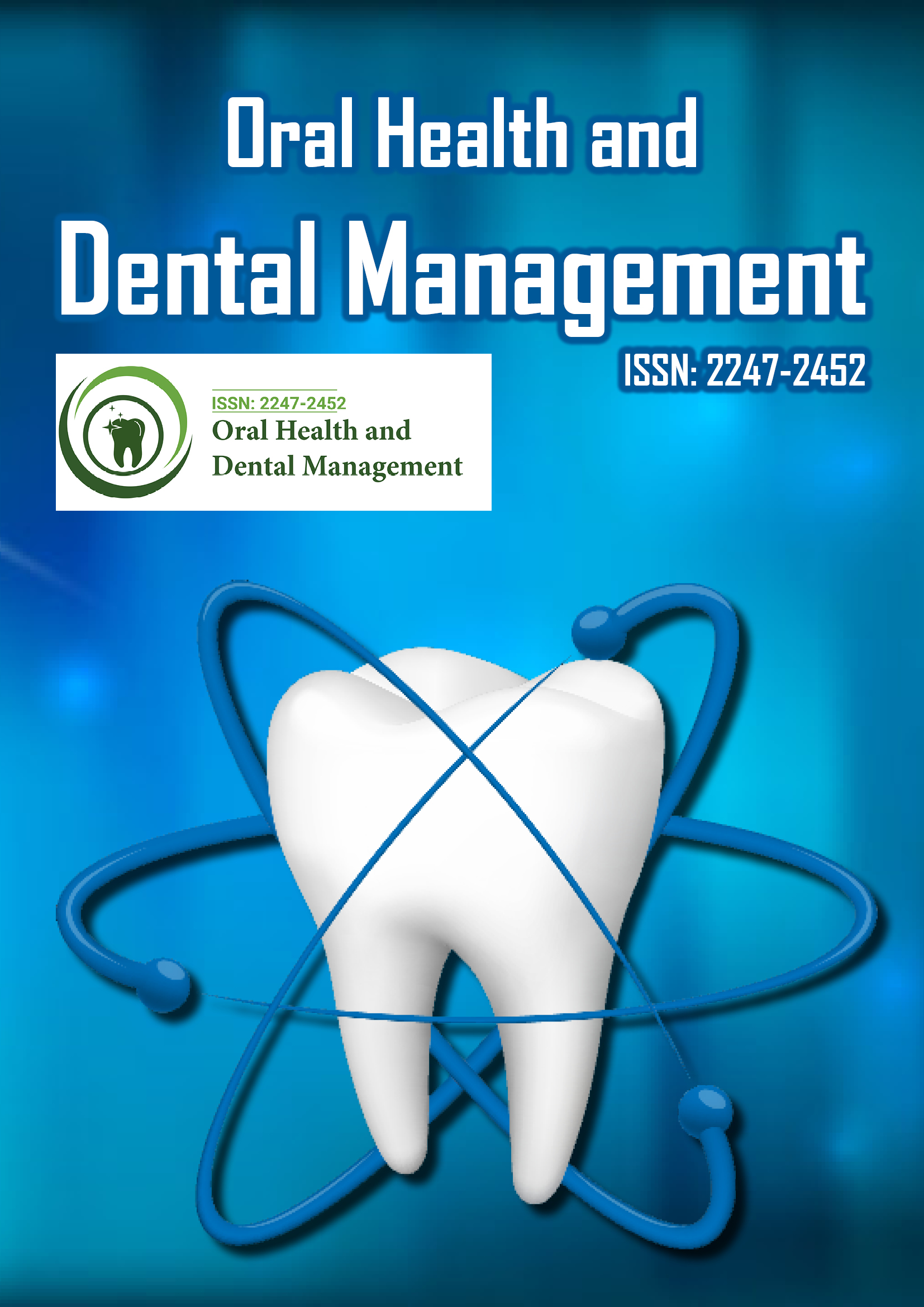Indexed In
- The Global Impact Factor (GIF)
- CiteFactor
- Electronic Journals Library
- RefSeek
- Hamdard University
- EBSCO A-Z
- Virtual Library of Biology (vifabio)
- International committee of medical journals editors (ICMJE)
- Google Scholar
Useful Links
Share This Page
Journal Flyer

Open Access Journals
- Agri and Aquaculture
- Biochemistry
- Bioinformatics & Systems Biology
- Business & Management
- Chemistry
- Clinical Sciences
- Engineering
- Food & Nutrition
- General Science
- Genetics & Molecular Biology
- Immunology & Microbiology
- Medical Sciences
- Neuroscience & Psychology
- Nursing & Health Care
- Pharmaceutical Sciences
Current status of platelet rich fibrin in oral implantology
7th Global Dentists and Pediatric Dentistry Annual Meeting
March 31- April 01, 2016 Valencia, Spain
Nilufer Balcioglu
Istanbul University, Turkey
Scientific Tracks Abstracts: Oral Health Dent Manag
Abstract:
First introduced in 2001, Platelet-rich fibrin (PRF)is an autologous fibrin matrix which can be defined as a second-generation platelet concentrate since it does contain leukocytes and does not necessarily require an anticoagulant. Last decades, platelet concentrates have been used in many fields of dentistry. These preparations are aimed to use on operated or wounded sites to achieve a better process of stimulating and accelerate healing mechanism.Although platelet concentrates offer impressive therapeutic perspectives; their clinical relevance implicates a high controversy. Both the translational research and clinical studies on PRF are a confused and contradictory in a way. The differences mainly depend on preparation techniques and research designs as well. Today several techniques for platelet concentrates are available. The cutting edge technique is Platelet rich fibrin (PRF). PRF is classified as a leukocyte and fibrin concentrate. The main difference between PRF and other platelet concentrates is that the PRF technique does not require any anticoagulant, carrier or activator.PRF can be used successfully solely or in combination with graft materials in the treatment of intrabony periodontal defect, sinüs lifting surgery, socket preservation and peri-implant defects. The goal of this presentation is to describe the current types of state of the art PRF techniques as well as the clinical success rate of these techniques in oral implantology.
Biography :
Nilufer Balcioglu was graduated from Istanbul University, Faculty of Dentistry in 2001. She obtained her PhD degree from Istanbul University Faculty of Dentistry, Department of Oral Implantology in 2008. She has been working as an Associate Professor for the same department.
Email: niluferbalcioglu@gmail.com
